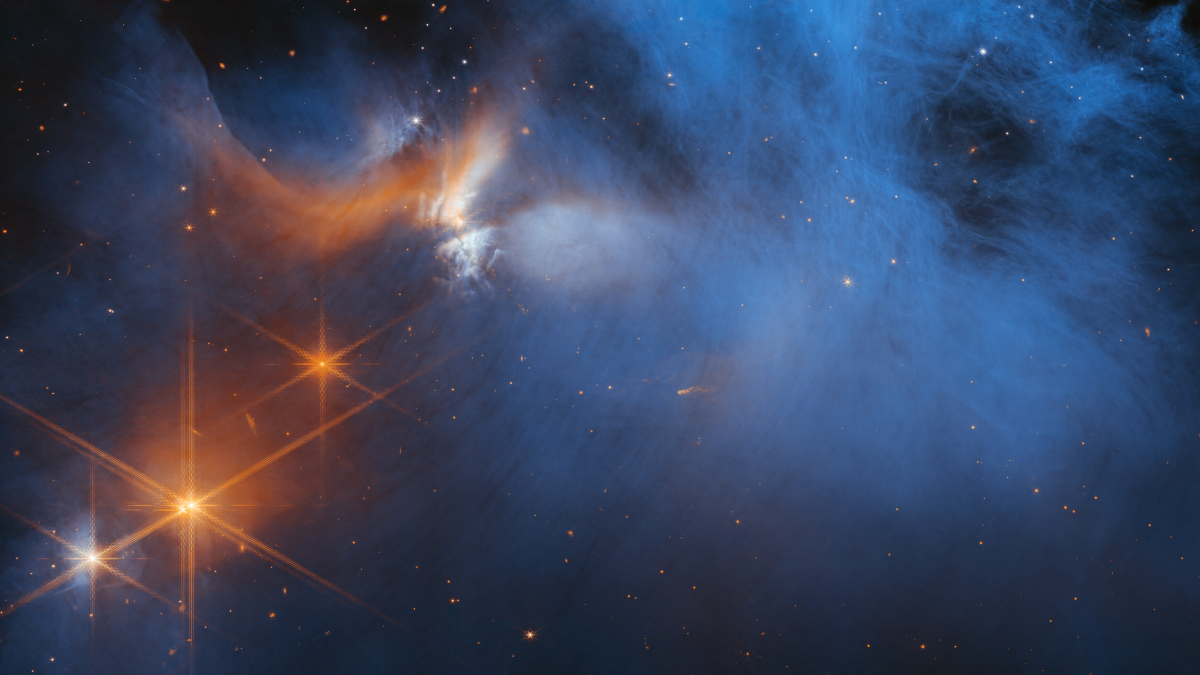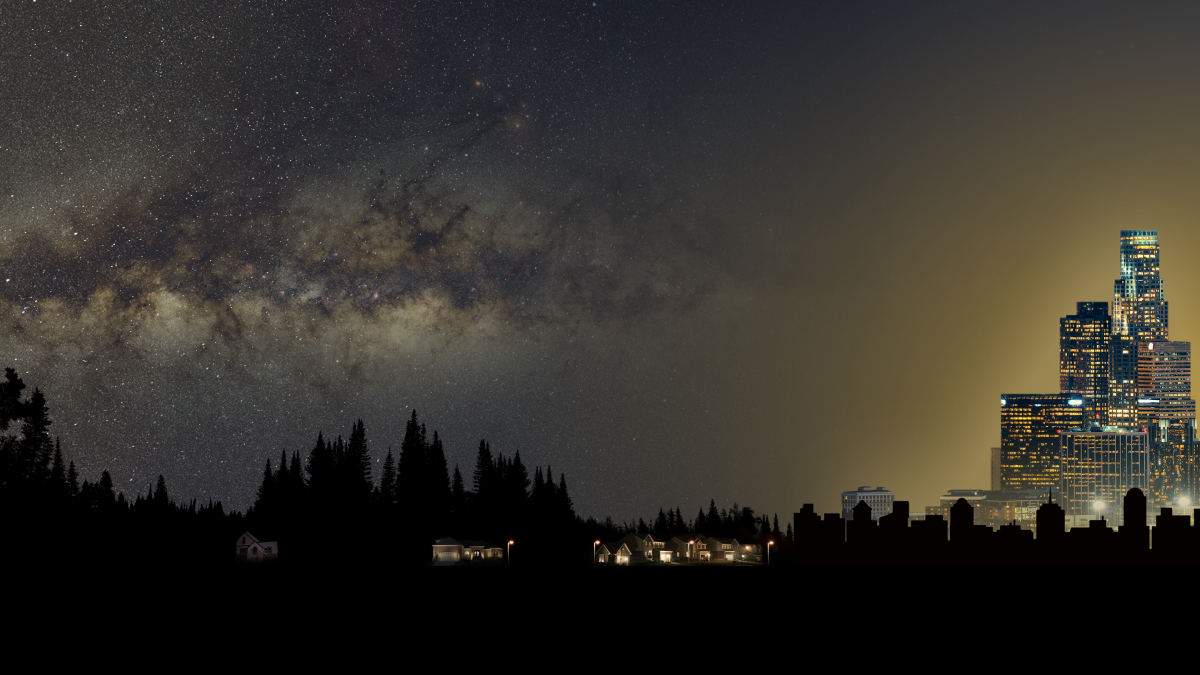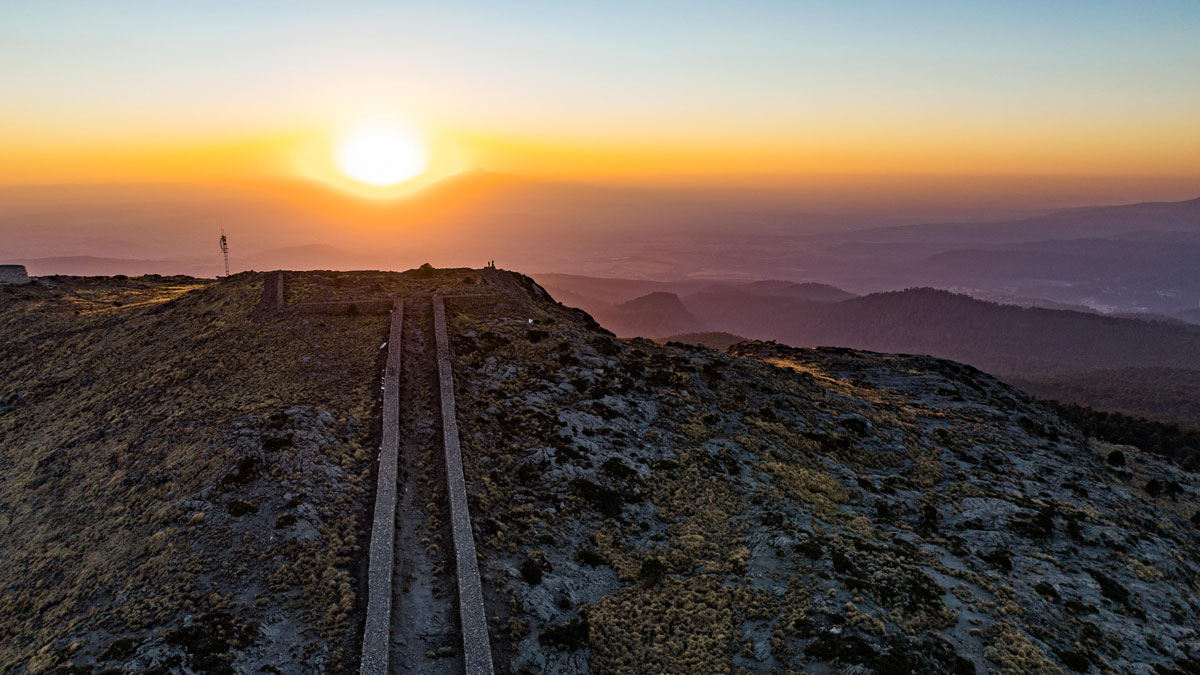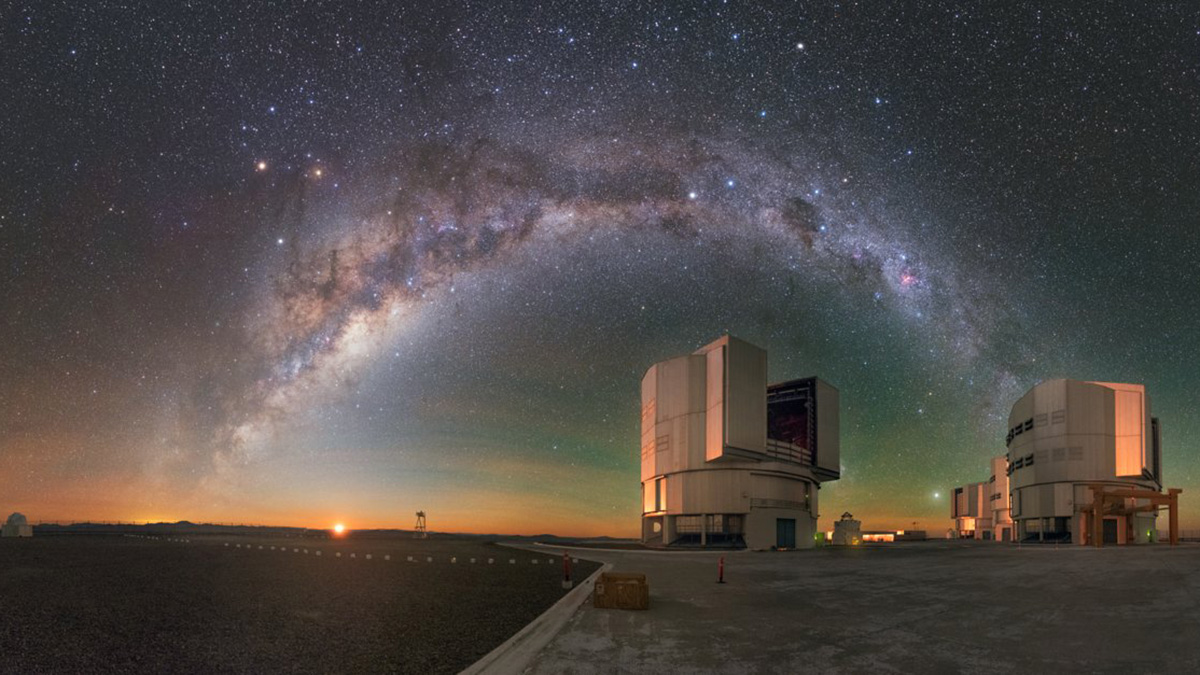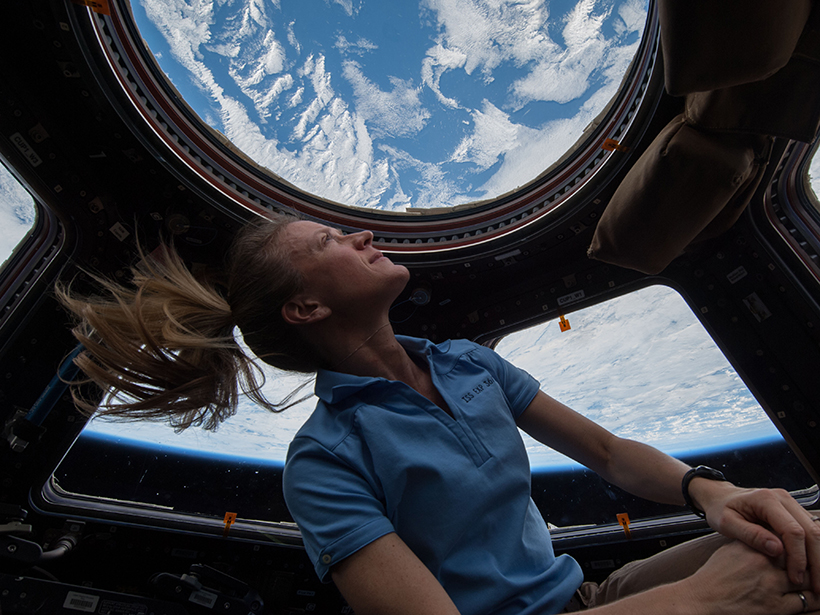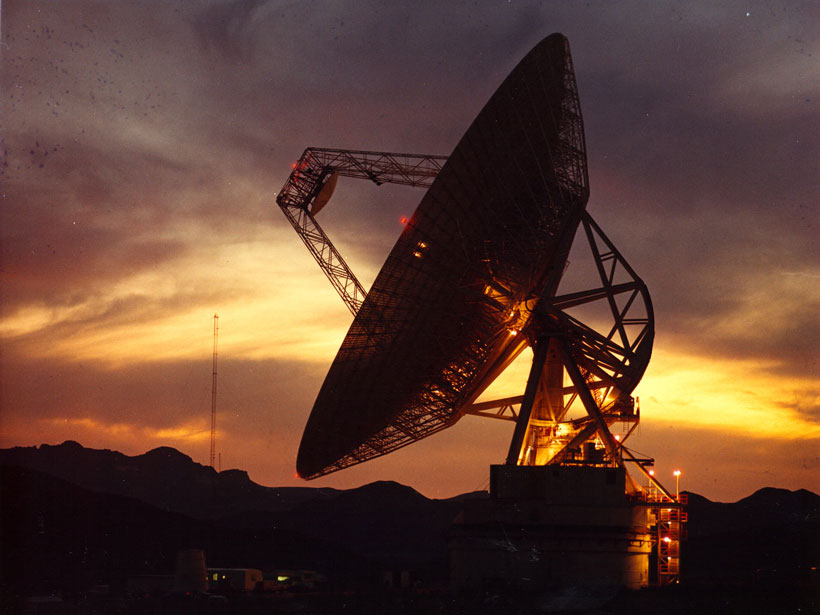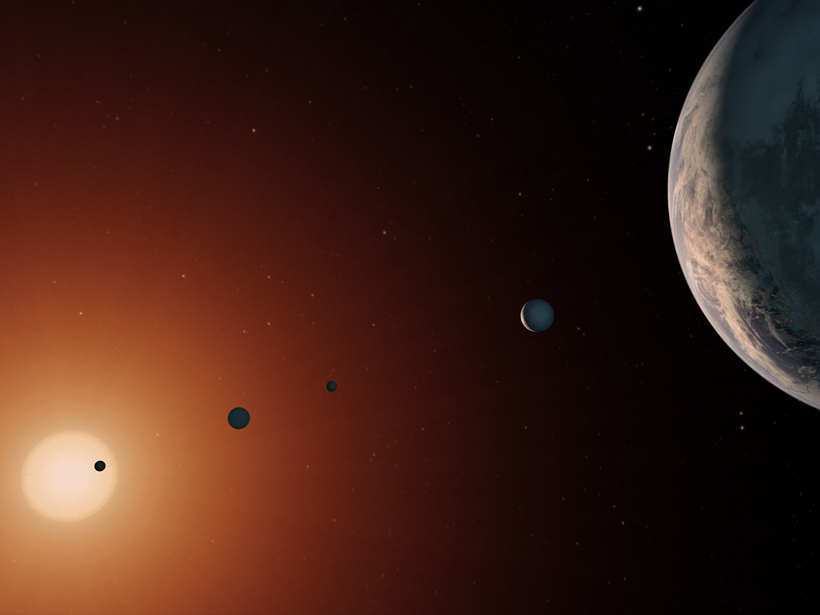The presence of complex organic molecules such as methanol, ethanol, and acetaldehyde in a molecular cloud suggests that these and simpler ices might be available to planetary systems right from the start.
astronomy
Starry Nights Are Disappearing
Stars dim as the sky gets brighter, a result of expanding cities and bright LEDs. Simple low-tech changes can help preserve dark night skies.
Agriculture at the Center of the Aztec Horizon Calendar
Horizon calendars were a key part of time measurement for pre-Hispanic cultures in the Basin of Mexico. A new study suggests that calendars were used to manage the agricultural cycle.
A New Journey Around (and Around) the Sun
The Solar Orbiter just completed its commissioning phase while en route to the Sun. It has already provided valuable looks at solar campfires and Venus’s magnetic fields, and it promises much more.
Five Reasons Geoscience Should Care About Astronomy’s New Road Map
The latest road map to U.S. astronomy’s next decade recommends a smaller space telescope, ground-based facilities, and an institutional effort to create an inclusive and equitable field.
Astronomers for Planet Earth
A volunteer network of astronomers is using a unique astronomical perspective to educate people about the climate crisis while at the same time striving for sustainability in academia.
The Closest Black Hole Is 1,000 Light-Years Away
An unseen object—probably a black hole—orbits with two normal stars in our cosmic neighborhood.
More Than Just Astronomy: Radio Telescopes for Geophysics
Linking an existing network of radio telescopes with satellite radar would make it possible to measure ground displacements in a globally consistent way, scientists propose.
Interstellar Interloper Borisov Looks Like a Regular Comet, for Now
A first look at the chemical composition of the interstellar comet Borisov reveals ingredients that look a lot like those found in solar system comets. That’s not likely to last very long.
AGU and AAS Join Forces to Foster Understanding of Exoplanets
Enhanced cooperation between organizations representing astronomers and Earth and space scientists will build upon interdisplinary work already bridging geophysics and astronomy.

